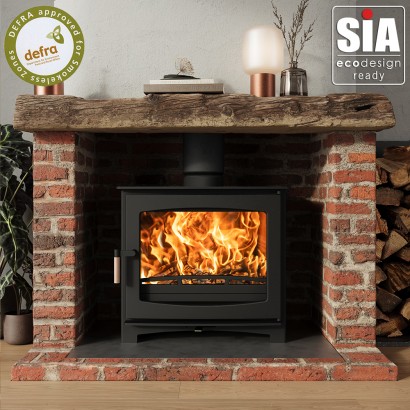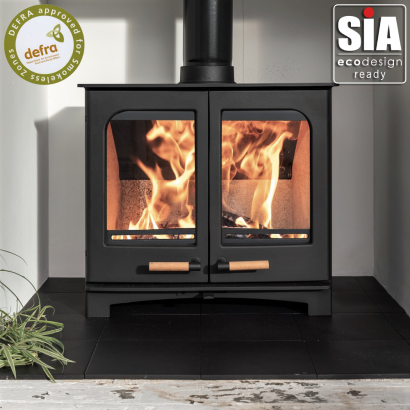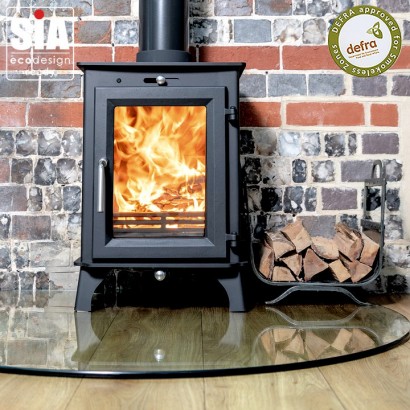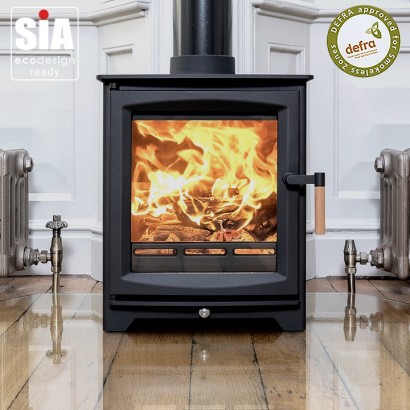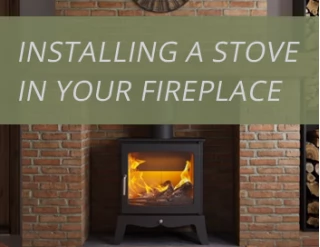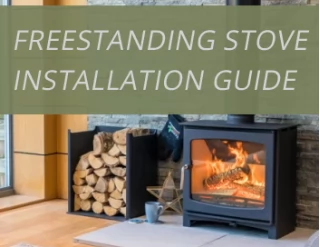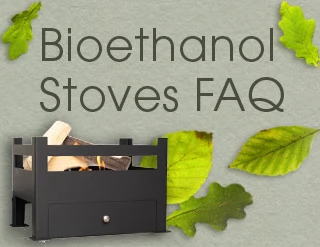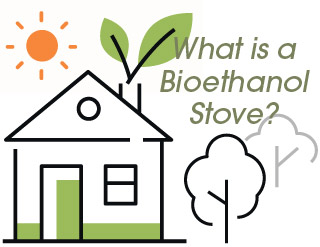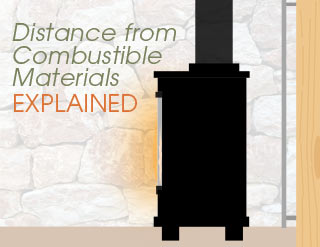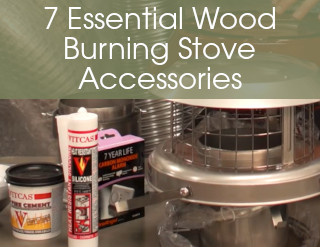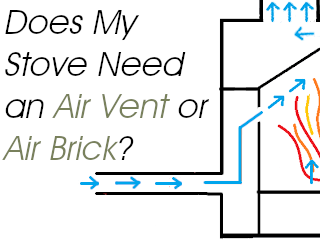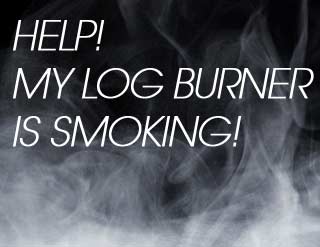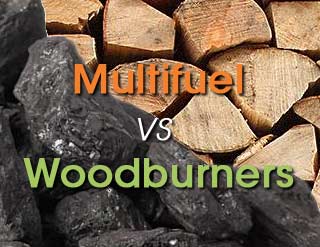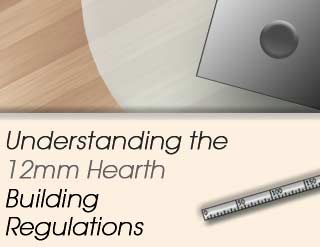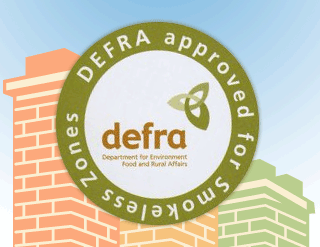What is secondary burn on a wood burning stove?

Secondary burn is a feature incorporated in the majority of new wood burning stoves. It is sometimes referred to as a "clean burn", "clean burning stove", or "tertiary air", all of which mean a reduction in emissions and an overall improved efficiency. Stove World UK explains why a woodburning stove with secondary burn is so good.
Improving efficiency is important for any wood burning stove owner and in particular if you are using the stove as your main source of heat on a day-to-day basis; a more efficient stove means you are getting more heat over a longer period of time than a comparable sized stove.
Secondary burn works by burning off the initial smoke produced from the fire that otherwise would have gone up the chimney.

You will often see a series of holes towards the top rear of the stove above the fire box that forces fresh oxygen over the chamber, reigniting this smoke. The oxygen forced through these holes is often pre-heated by the fire box; hot air further increases the burn rate of this smoke and the nasty particles contained inside that include hydrocarbons. A stove with secondary burn will often have a much higher output than a similar sized stove without a secondary burn system, because of the extra heat that is created from the secondary burn cycle..
Below: the series of holes at the rear of a stove with a secondary burn system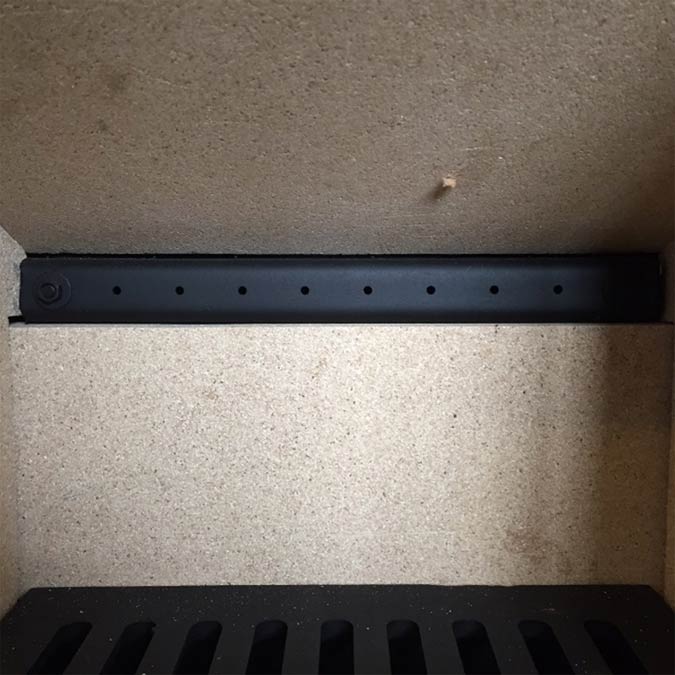
Guide to Terminology
Clean burn – the stove is cleaner burning than a standard stove
Secondary burn – the chamber is reigniting the smoke further up thus creating a second burn.
Tertiary air - the secondary burn feed is commonly a third air intake into the stove. Most stoves will have both a primary air intake and an air wash system, making the secondary burn intake the tertiary air intake.
Why aren't all secondary burn stoves DEFRA approved?
People often ask why all secondary burn stoves are not Defra approved. The simple answer is cost. Defra doesn't test every wood burning stove on the market - the manufacturer has to pay a huge amount for testing and certification for Defra, This can put some manufacturers off testing if they have a large range of products.
Wood burning stoves with secondary burn have much lower emissions than stoves without, but it will always be stated on the stove description if a stove is approved for smoke free zones, commonly referred to as Defra approved. If you are not sure you can always check the approved appliance list.
For more information on Defra, please view our Trade Secrets page What is a Defra approved woodburning stove?
We offer a large range of secondary burn stoves here at Stove World UK, including the Ecosy+ and Ottawa range, and would highly recommend a stove with secondary burn.
Wood Burning Stoves with Secondary Burn
Bestsellers
Ecosy+ Panoramic 9 - Ecodesign - Slimline Wood Burning Stove (10kw Maximum Output)
£679.00 Ex Tax: £565.83
Ecosy+ Panoramic 9 Twin Door - Ecodesign - Slimline Wood Burning Stove (10kw Maximum Output)
£679.00 Ex Tax: £565.83
Ecosy+ Ottawa 5 ECO, Defra Approved - Eco Design Approved - 5kw Wood Burning Stove
£379.00 £499.00 Ex Tax: £315.83
Ecosy+ Hampton 5 Defra Approved - Ecodesign Approved - 5kw Wood Burning Stove
£565.00 Ex Tax: £470.83

 0 item(s) - £0.00
0 item(s) - £0.00 